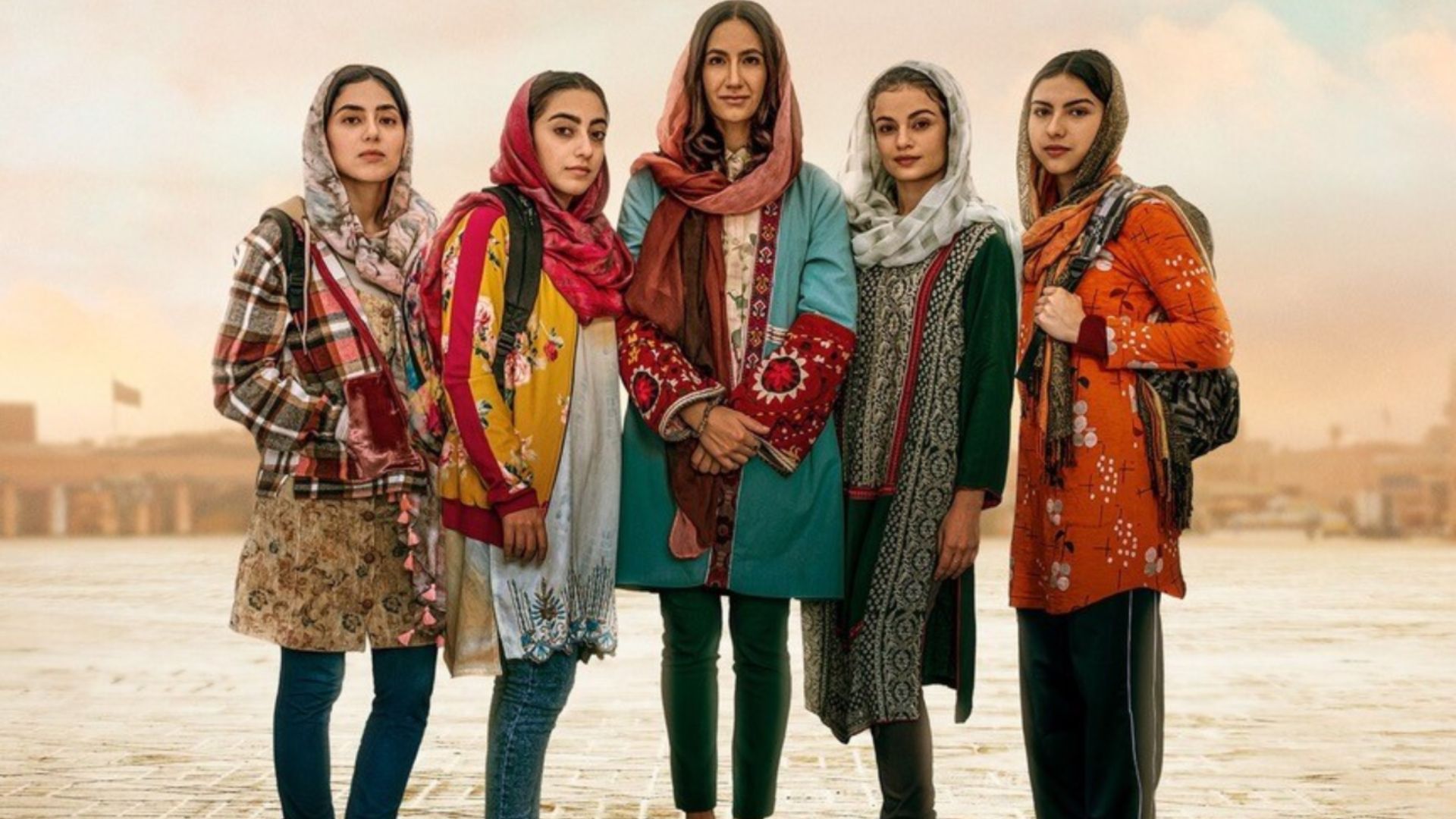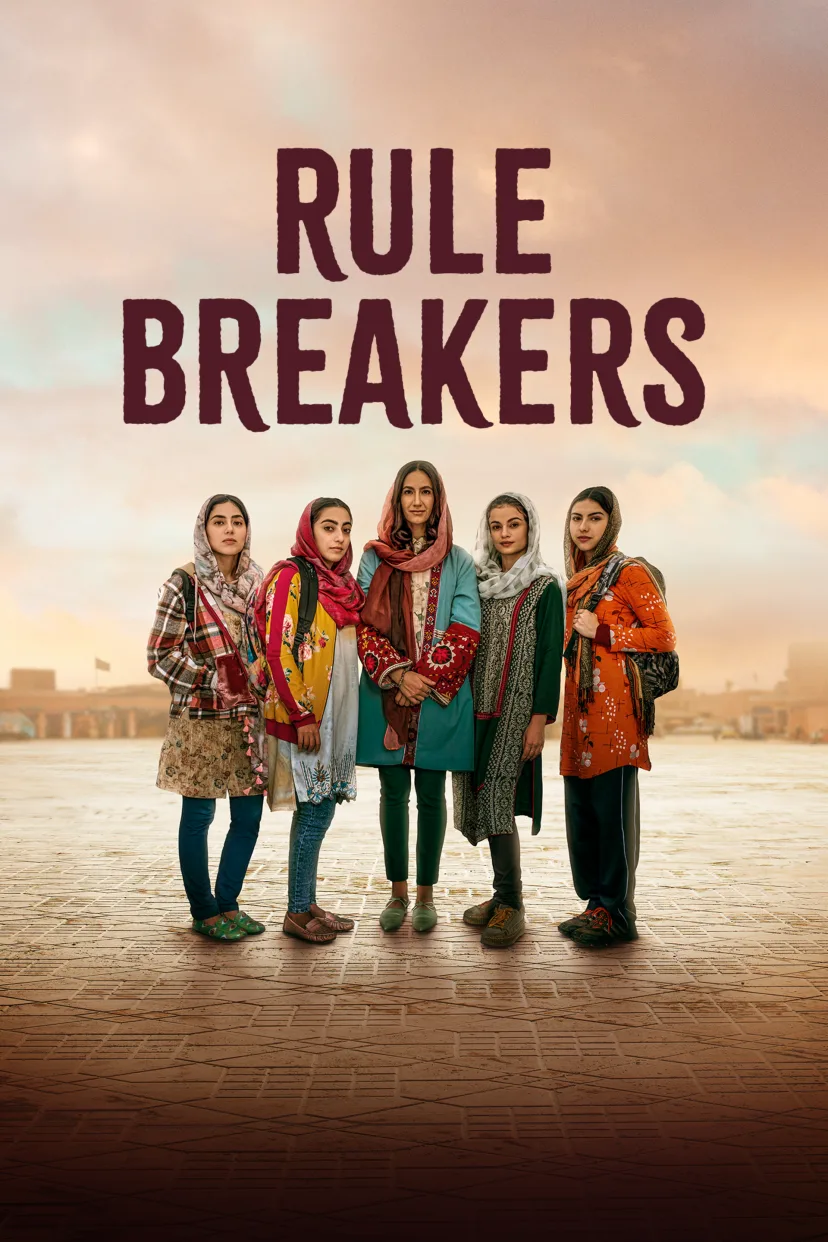Movie Rule: The Ultimate Guide To Understanding The Magic Of Cinema
Ever wondered what makes movies so captivating? The answer lies in the movie rule – a set of guidelines and techniques that filmmakers use to create unforgettable cinematic experiences. From lighting to editing, every decision is made with precision, turning a simple story into a masterpiece. Whether you're a film enthusiast or just curious about how movies are made, this article will take you behind the scenes and reveal the secrets of the movie rule.
Have you ever sat in a dark theater, completely mesmerized by the characters and their world? That feeling doesn’t happen by accident. Movie rule is like the invisible hand guiding the entire filmmaking process. It ensures that every scene flows seamlessly, every emotion is conveyed clearly, and every detail serves the story. Understanding these rules can enhance your appreciation of cinema and even inspire you to create your own films.
So, whether you’re here to learn about the technical aspects of filmmaking or simply want to understand why certain movies resonate more than others, you’re in the right place. This guide will break down the movie rule into digestible chunks, making even the most complex concepts easy to grasp. Let’s dive in!
Read also:Alessandro Mad The Untold Story Of A Visionary Mind
Table of Contents:
- What is Movie Rule?
- The History of Movie Rule
- Why Movie Rule Matters
- Types of Movie Rule
- Practical Applications of Movie Rule
- Movie Rule in Action: Case Studies
- Common Mistakes in Applying Movie Rule
- Tips for Filmmakers Using Movie Rule
- The Future of Movie Rule
- Conclusion
What is Movie Rule?
Movie rule refers to a collection of principles and techniques that filmmakers follow to craft compelling narratives. These rules cover everything from shot composition and camera angles to sound design and color grading. Think of them as the blueprint for creating a visually stunning and emotionally engaging film. While some rules are rigid, others allow room for creativity and experimentation.
For instance, the 180-degree rule ensures that characters in a conversation maintain consistent screen direction, preventing audience confusion. On the other hand, breaking this rule can create intentional disorientation, adding depth to the narrative. The beauty of movie rule lies in its flexibility – it’s not about following every guideline to the letter but knowing when and how to break them for artistic effect.
Key Elements of Movie Rule
- Shot Composition: Framing the perfect shot
- Camera Movement: Adding dynamism to scenes
- Sound Design: Creating immersive auditory experiences
- Color Grading: Setting the mood with color
The History of Movie Rule
The evolution of movie rule dates back to the early days of cinema. As filmmakers experimented with new technologies and techniques, they gradually developed a set of best practices. Silent films, for example, relied heavily on visual storytelling, leading to the establishment of rules like close-ups and wide shots. With the advent of sound, new rules emerged to incorporate audio effectively into films.
Over the years, movie rule has continued to evolve, influenced by cultural shifts and technological advancements. Today, with the rise of digital filmmaking, filmmakers have access to tools that make it easier than ever to implement these rules. However, the core principles remain the same – to tell a story that captivates and resonates with audiences.
Why Movie Rule Matters
Understanding movie rule is crucial for anyone involved in filmmaking. These rules provide a framework for creating cohesive and engaging films. They help filmmakers communicate their vision clearly and effectively, ensuring that the audience is fully immersed in the story. Moreover, adhering to movie rule can enhance the technical quality of a film, making it more likely to succeed both critically and commercially.
Read also:Alex Orioli The Rising Star Whos Turning Heads In The World Of Music
For aspiring filmmakers, learning movie rule is like learning the alphabet before writing a novel. It gives you the foundation you need to experiment and innovate while maintaining a level of professionalism that audiences expect. In an industry as competitive as filmmaking, mastering these rules can set you apart from the crowd.
Types of Movie Rule
1. Visual Rules
Visual rules focus on how a film looks. This includes everything from shot composition to lighting. Filmmakers use these rules to guide the audience’s eye and create visually striking images. For example, the rule of thirds divides the frame into nine equal parts, helping filmmakers place subjects in a way that’s naturally pleasing to the eye.
2. Audio Rules
Audio rules deal with the sound aspect of a film. This encompasses dialogue, music, and sound effects. Proper sound design can enhance the emotional impact of a scene, making it more memorable. The use of diegetic and non-diegetic sound, for instance, can add layers of meaning to a film.
3. Narrative Rules
Narrative rules are all about storytelling. They involve structuring a film in a way that keeps the audience engaged from start to finish. Techniques like the three-act structure and character arcs fall under this category. By following these rules, filmmakers can ensure that their story is coherent and compelling.
Practical Applications of Movie Rule
Now that we’ve covered the basics, let’s look at how movie rule is applied in real-world scenarios. Filmmakers use these rules in various stages of production, from pre-production planning to post-production editing. Here are a few examples:
- Pre-Production: Storyboarding and shot lists help filmmakers visualize their film before shooting begins.
- Production: On-set, directors and cinematographers work together to implement visual and audio rules.
- Post-Production: Editors use narrative rules to assemble the footage into a cohesive story.
By applying movie rule throughout the filmmaking process, filmmakers can create a polished final product that resonates with audiences. It’s like baking a cake – each ingredient must be added at the right time and in the right amount to achieve the desired result.
Movie Rule in Action: Case Studies
To better understand how movie rule works, let’s examine a few famous films and how they utilized these principles.
1. Inception
Christopher Nolan’s Inception is a masterclass in narrative rule. The film’s complex structure, featuring multiple dream layers, relies heavily on the three-act structure to keep viewers engaged. Each layer of the dream serves as its own mini-story, contributing to the overall narrative.
2. Blade Runner 2049
Blade Runner 2049 showcases the power of visual rule. Director Denis Villeneuve and cinematographer Roger Deakins used innovative lighting techniques to create a futuristic yet grounded aesthetic. The film’s use of color grading also played a significant role in setting the tone and mood.
3. Mad Max: Fury Road
Mad Max: Fury Road exemplifies the importance of audio rule. Sound designer Mark Mangini and his team created a soundscape that perfectly complements the film’s high-octane action. The use of practical sound effects, like the war rig’s engine roar, adds authenticity to the world of the film.
Common Mistakes in Applying Movie Rule
While movie rule is incredibly useful, it’s easy to make mistakes when implementing these principles. Here are a few common pitfalls to avoid:
- Overusing Rules: Following every rule to the letter can result in a film that feels rigid and uninspired.
- Ignoring Context: Not considering the genre or target audience when applying rules can lead to a film that doesn’t resonate with viewers.
- Poor Execution: Even the best rules are ineffective if not executed properly. Attention to detail is key.
Remember, movie rule is a tool, not a rulebook. Use it wisely, and don’t be afraid to take creative risks.
Tips for Filmmakers Using Movie Rule
Here are a few tips for filmmakers looking to master movie rule:
- Study films that successfully implement these rules and analyze what makes them work.
- Experiment with breaking rules in a controlled environment to see what effects it has on your film.
- Collaborate with experienced professionals who can offer valuable insights and feedback.
Filmmaking is both an art and a science. By combining creativity with a solid understanding of movie rule, you can create films that stand the test of time.
The Future of Movie Rule
As technology continues to advance, the future of movie rule looks promising. Virtual reality and augmented reality are already beginning to influence how films are made and consumed. These new mediums offer exciting opportunities for filmmakers to push the boundaries of traditional movie rule.
Moreover, the rise of streaming platforms has changed the way audiences watch films, leading to new rules and techniques tailored to these platforms. As the industry evolves, so too will the rules that govern it. One thing is certain – the magic of cinema will continue to captivate audiences for generations to come.
Conclusion
In conclusion, movie rule is an essential aspect of filmmaking that every aspiring filmmaker should understand. From visual and audio rules to narrative principles, these guidelines provide a framework for creating compelling films. By studying successful films, experimenting with new techniques, and staying up-to-date with industry trends, you can harness the power of movie rule to tell unforgettable stories.
So, what are you waiting for? Grab your camera and start exploring the world of movie rule. And don’t forget to share your thoughts and experiences in the comments below. Who knows, your next film might just become the next big thing!


